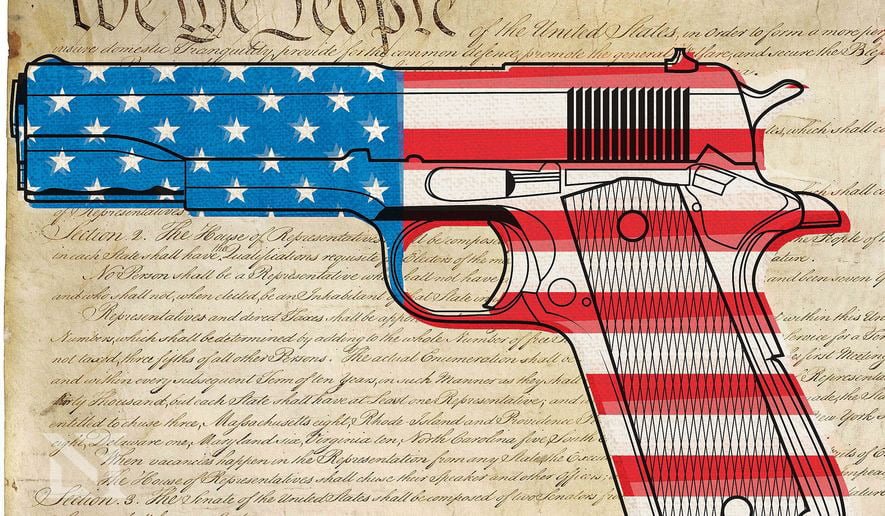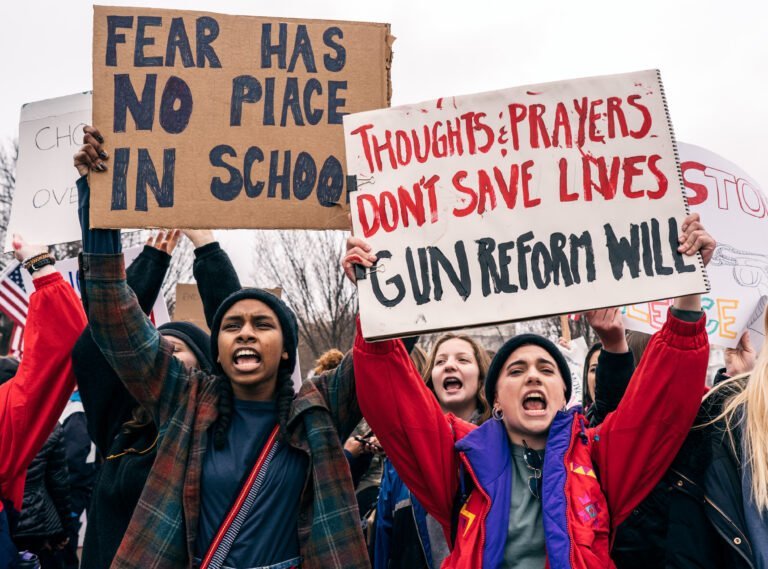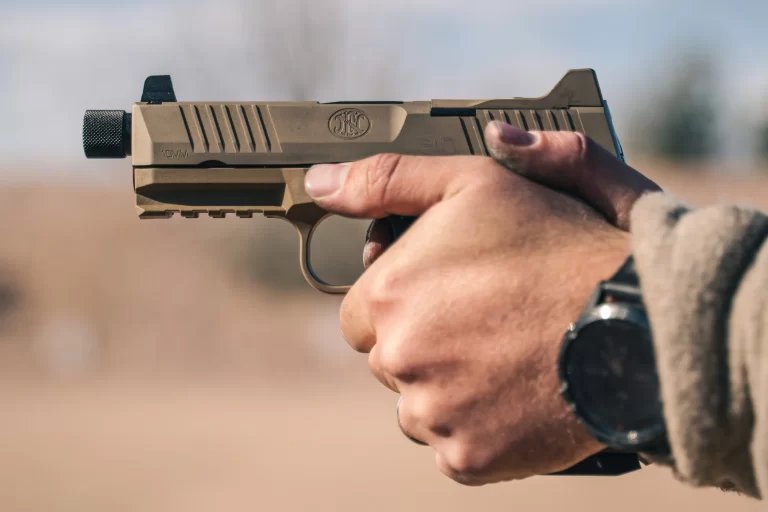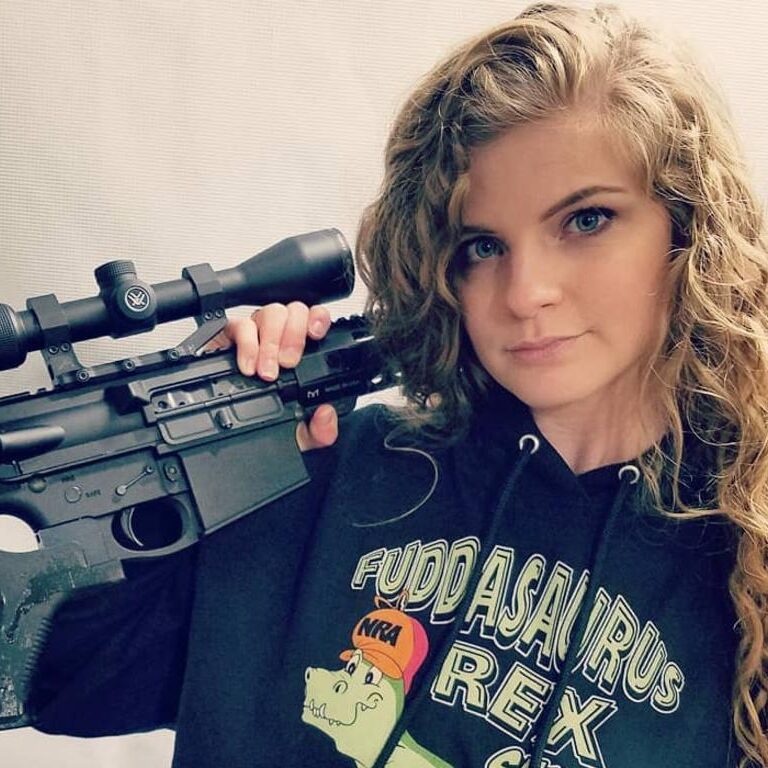Understanding the Second Amendment: A Closer Look at Constitutional Rights and Gun Control
The United States Constitution is a cornerstone of the nation’s legal framework, a document that defines the rights and responsibilities of its citizens. Among its most debated sections is the Second Amendment, a concise statement that has sparked discussions, legal battles, and controversies for generations. Passed in 1789 as part of the Bill of Rights, this single sentence has profound implications for the right to bear arms and the balance of government power.
Unveiling the Second Amendment
“A well-regulated Militia, being necessary to the security of a free State, the right of the people to keep and bear Arms shall not be infringed.”
The Second Amendment’s wording has given rise to varying interpretations. Its initial purpose revolved around maintaining state security through organized militias rather than standing armies. However, the exact scope of the “right of the people to keep and bear Arms” has undergone significant evolution.
Tracing the Historical Context
The Original Intent
Many historians contend that the Second Amendment’s primary aim was to negate the necessity for a standing professional army, given the Founding Fathers’ suspicion of centralized military power. It wasn’t primarily intended to grant individuals the right to possess weapons for self-defense.
The Modern Interpretation
Over the years, the Supreme Court has redefined the right to bear arms as an individual’s self-defense right, bolstering the argument for personal firearm ownership. This has made it challenging for Congress to enact comprehensive gun control legislation without violating this constitutional right.
The Turning Point: 2008 Supreme Court Decision
For decades, the Second Amendment’s scope remained ambiguous, with limited Supreme Court involvement. However, in 2008, the Supreme Court’s landmark decision in District of Columbia v. Heller established that the Second Amendment indeed safeguards an individual’s right to own firearms for self-defense. This ruling marked a pivotal moment in the ongoing debate over gun rights.
Second Amendment Simplified
The Second Amendment protects the right to keep and bear arms as part of a well-regulated militia. It prevents the federal government from banning private gun ownership.
Safeguarding Constitutional Rights
Constitutional rights, including those enshrined in the Second Amendment, serve as the bedrock of a democratic society. Protecting these rights, however, can be a complex endeavor, often requiring legal intervention.
If you believe that a government entity has infringed upon your Second Amendment rights, seeking guidance from a seasoned civil rights attorney is essential. They can provide valuable insights into your options and help navigate the legal landscape.
For comprehensive information on gun control laws in your state, consider exploring resources such as FindLaw’s “Learn About the Law.”
Embracing Constitutional Discourse
In conclusion, the Second Amendment remains a topic of extensive debate and legal analysis. Its concise language belies its intricate implications, shaping the landscape of gun rights and regulations in the United States. As citizens, it’s crucial to understand the historical context, legal interpretations, and the role of constitutional rights in preserving a democratic society.
FAQs;
Q1: Why was the Second Amendment created?
It was created to ensure citizens’ abilities to organize militias and defend themselves, both individually and collectively. The Founders valued checks on federal power.
Q2: Why are guns legal in America?
Guns remain legal in America because the Second Amendment enshrined the right to bear arms, along with deep cultural history and political lobbying against restrictions.
Q3: How many gun owners are in America?
Estimates indicate there are around 70-100 million gun owners among America’s total 320+ million population. So approximately 22-31% of Americans personally own firearms.
Q4: What state has the strictest gun laws?
States like California, New York, New Jersey, Massachusetts, and Hawaii are typically considered to have the most restrictive gun laws, with more regulations on sales, possession, and carry.
Q5: What was the original intent of the Second Amendment?
The prevailing historical consensus suggests that the Second Amendment aimed to obviate the need for a standing professional army, rather than granting individuals the right to possess firearms for personal protection.
Q6: What does the right to bear arms mean?
The right to bear arms generally pertains to an individual’s entitlement to own firearms. The Supreme Court’s interpretation emphasizes self-defense as a valid basis for this right, making it challenging for legislators to enact stringent gun control measures.
Q7: What is a Second Amendment sanctuary?
Second Amendment sanctuaries are jurisdictions that resist state and federal gun regulations. These entities may express support for gun rights or choose not to enforce certain gun laws. While such resolutions may lack legal authority, they underscore the complex interplay between federal and local jurisdictions on this matter.
Q8: What is the second president amendment?
There is no “second president amendment”. You likely mean the Second Amendment to the United States Constitution. The President is not involved.








